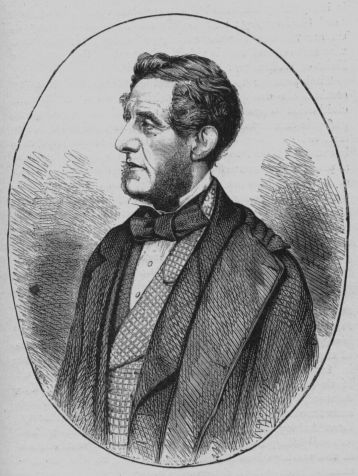Agricultural Gangs
'Rude, rough and lawless' was one view of the women and children employed on the land in Victorian England. But was theirs a harsher fate than work in the factory system?
 Over much of Britain during the first half of the nineteenth century many hundreds of acres of waste land were brought into cultivation. The East Midlands and East Anglia were no exception. During the French wars, when the price of grain was high, the owners of light uplands such as the Lincolnshire Wolds cleared them of gorse, thistles and coarse grass, ploughed them and planted wheat and barley. Later in the century fen landowners used steam pumping engines to drain hitherto intractable marshlands, such as Deeping Fen a few miles north of Peterborough, and render them fit for cultivation.
Over much of Britain during the first half of the nineteenth century many hundreds of acres of waste land were brought into cultivation. The East Midlands and East Anglia were no exception. During the French wars, when the price of grain was high, the owners of light uplands such as the Lincolnshire Wolds cleared them of gorse, thistles and coarse grass, ploughed them and planted wheat and barley. Later in the century fen landowners used steam pumping engines to drain hitherto intractable marshlands, such as Deeping Fen a few miles north of Peterborough, and render them fit for cultivation.





